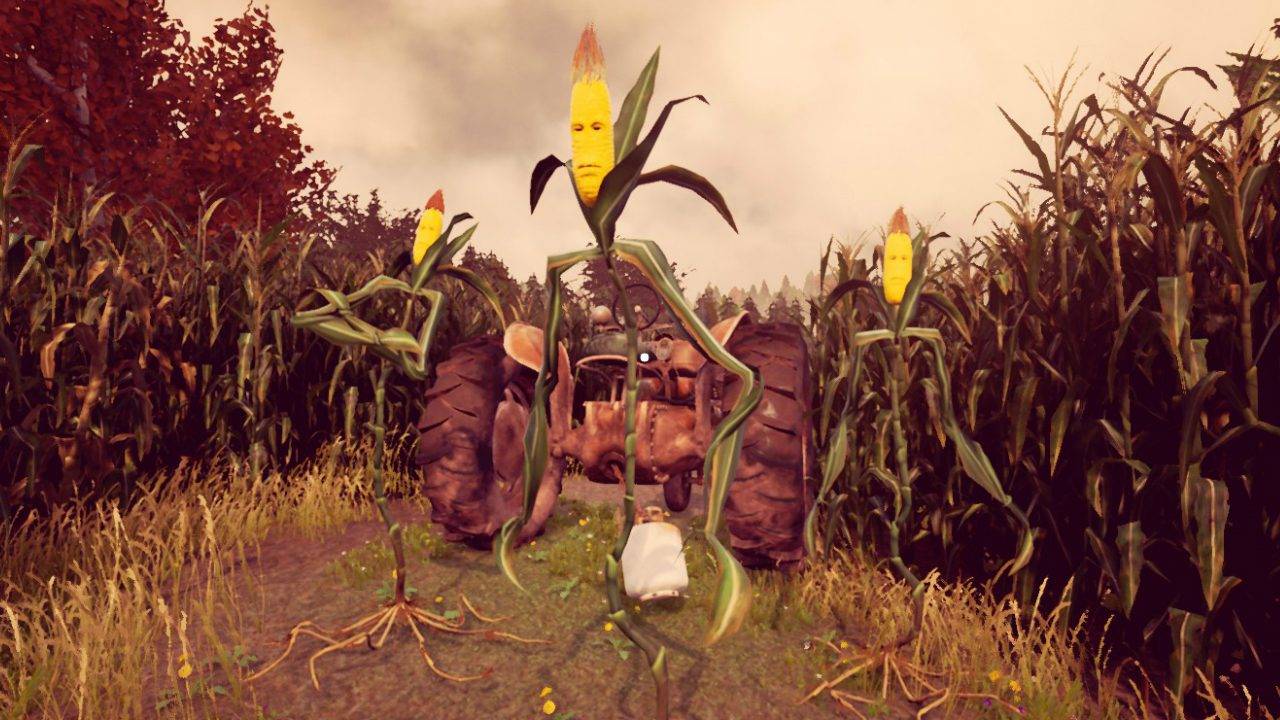A Kenyan Ban Is A Corn In The Foot Of East Africa’s Maize Market

East Africa and trade wars; almost like the African version of the rife that’s always between Beijing, Russia and the United States.
When it comes to such diplomatic and economic collisions in the region, the trouble seems to always sprout from Kenya. This time, Nairobi has decided to ban maize importation from Tanzania and Uganda. But, why is this ban a big deal?
Maize is, by far, the most sought-after cereal crop in the 4 largest East African countries (by population count): Ethiopia, Kenya, Uganda, and Tanzania. In 2016 alone, these countries cumulated a total of 17.2 million tonnes of maize, despite the massive drought that dehydrated agric outputs the same year.
Factually, domestic maize production contributes more than 50 percent of the national national grain supply in the aforementioned nations and in their neighbors: Burundi and Rwanda. For other East African countries like South Sudan and Somalia, maize corns out anything from 9 to 33 percent of national grain supply.
However, according to grassroot press, Kenya hasn’t only banned maize importation from Tanzania and Uganda, but also intends to add Rwanda, Burundi, and South Sudan soon. Kenya’s Agriculture and Food Authority communicated Saturday to the Kenya Revenue Authority (KRA) that it has come to the embargo decision.
Contained in the official letter notifying the ban was an analysis which showed that food imported from Tanzania and Uganda to Kenya have mycotoxin levels that exceed safety limits. Grains and cereals are the major vectors of mycotoxins, naturally-formed fungus that threaten with ill health.
The most common mycotoxin is aflatoxin, a poisonous bunch of carcinogens and mutagens. Kenya is one of the world’s hotspots for aflatoxins, as levels beyond the safety limit have claimed no less than 157 lives. As aflatoxin also causes cancer, the East African country’s crave for maize worsens its cancer catastrophe.
According to tests reportedly conducted at the University of Nairobi, the aflatoxin levels in sampled maize were more than 2,000 parts per billion, which is screamingly higher than the recommended level of 10 parts per billion.
A ban of this magnitude is definitely a corn in the foot of Africa’s free trade agreement, a historic initiative to promote seamless trade between 54 countries in the continent. The deal is however facing the harsh realities of trade barriers between such a count of diverse, independent countries.
According the Gerald Kusaya, the permanent secretary in Tanzania’s ministry of agriculture, no official communique of the ban has been sent from Kenya. However, he pointed out that if one is received, the issue of where and how the mycotoxin tests were conducted would arise.
This isn’t the first, second, third, fourth, but the umpteenth time trade bans stir a ruckus in East African economics and diplomacy. From aviation feuds to trucking roadblocks, and gas flares to a Viking funeral for 6,400 day-old chicks imported from Kenyan to Tanzania, the disputes are complex and countless.
Featured Image: FutureCND